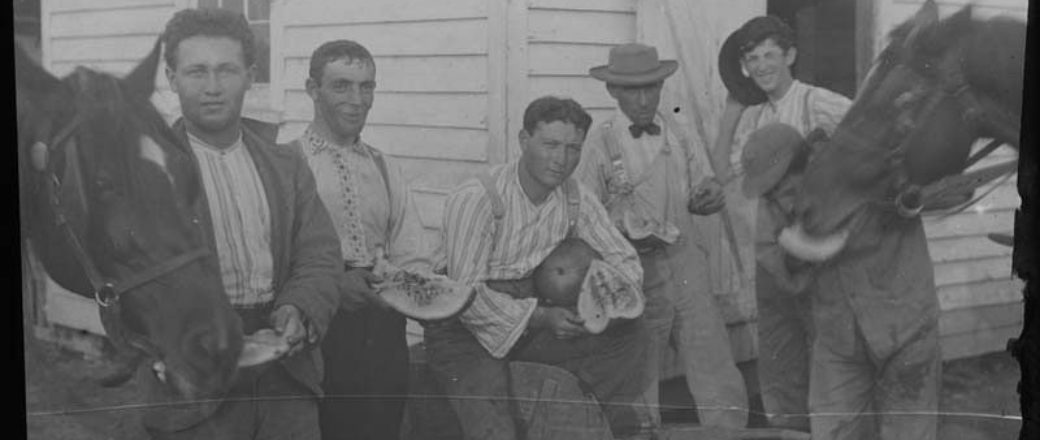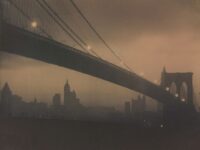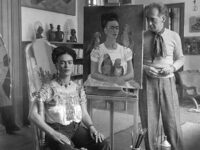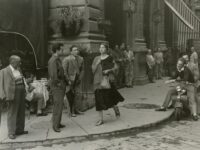Jewish migration to the United States increased dramatically in the early 1880s, as a result of persecution and economic difficulties in parts of Eastern Europe. Most of these new immigrants were Yiddish-speaking Ashkenazi Jews, though most came from the poor rural populations of the Russian Empire and the Pale of Settlement, located in modern-day Poland, Lithuania, Belarus, Ukraine and Moldova.
At the beginning of the 20th century, these newly arrived Jews built support networks consisting of many small synagogues and Ashkenazi Jewish Landsmannschaften (German for “Countryman Associations”) for Jews from the same town or village. American Jewish writers of the time urged assimilation and integration into the wider American culture, and Jews quickly became part of American life.

In the classroom, Woodbine School, NJ. Digitized by the Gruss Lipper Digital Laboratory at the Center for Jewish History
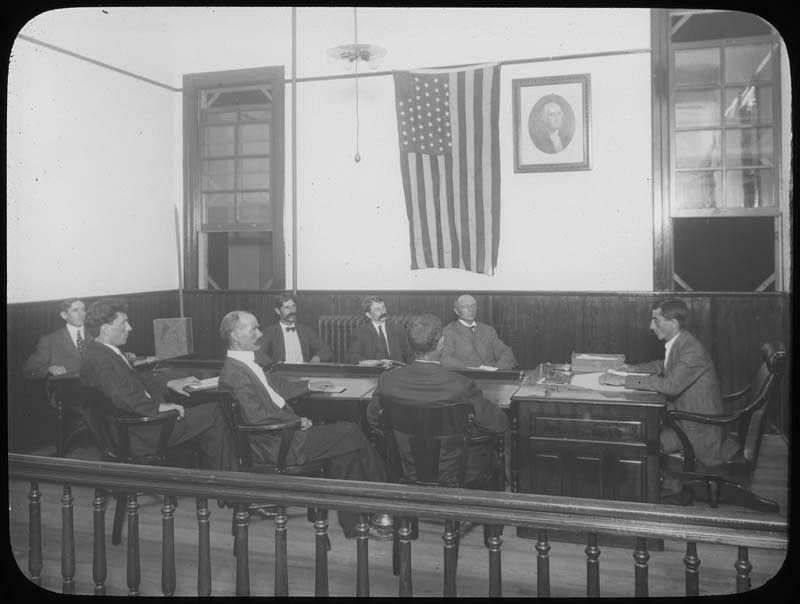
Men in meeting, Woodbine, New Jersey. Digitized by the Gruss Lipper Digital Laboratory at the Center for Jewish History
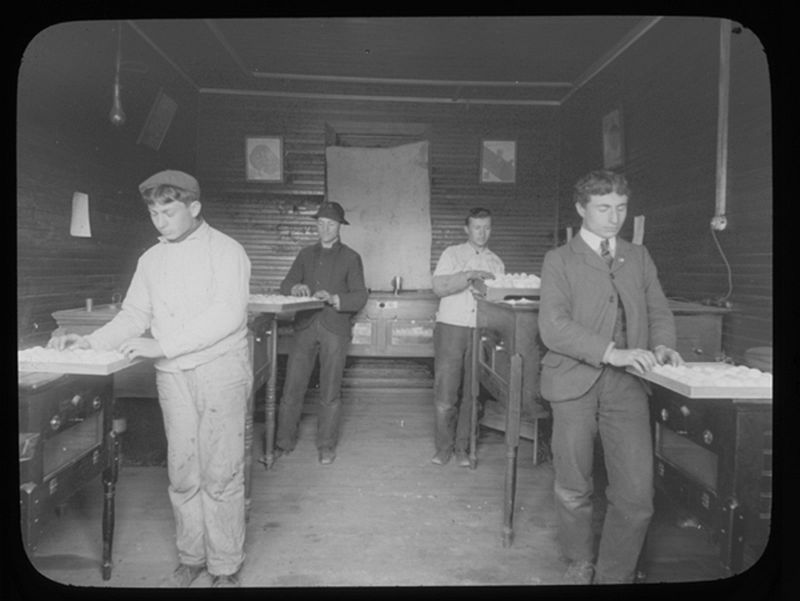
Students in the incubation room at the Woodbine Agricultural School, New Jersey, ca. 1900. Digitized by the Gruss Lipper Digital Laboratory at the Center for Jewish History
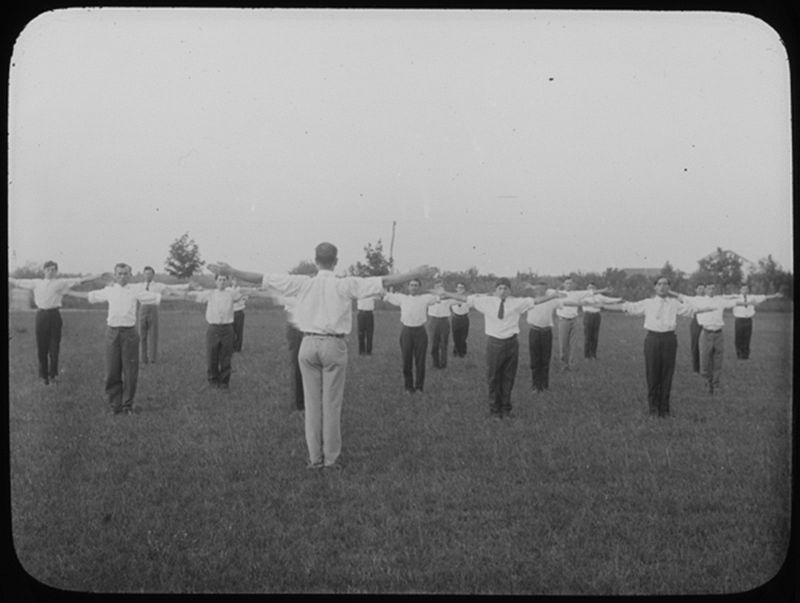
Pupils drilling (calisthenics) at the Woodbine Agricultural School, New Jersey, ca. 1900. Digitized by the Gruss Lipper Digital Laboratory at the Center for Jewish History
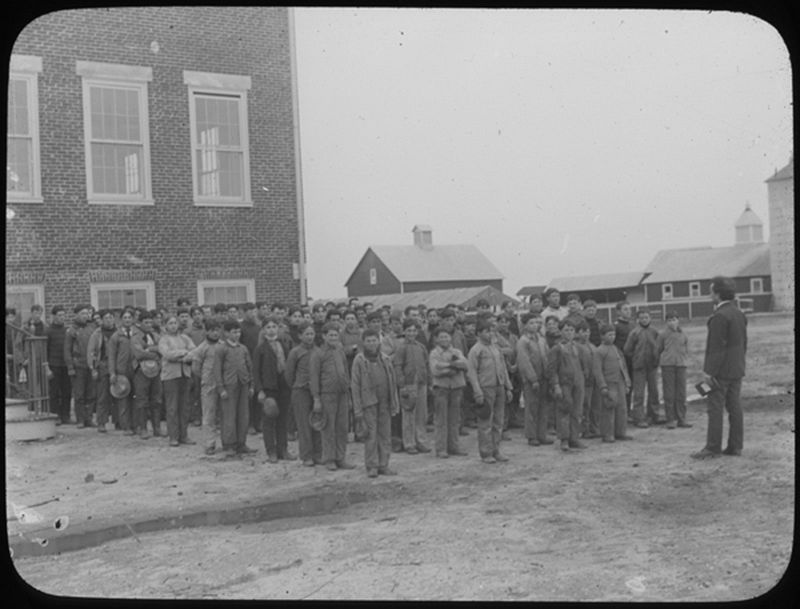
Group of Woodbine Agricultural School students, Woodbine, New Jersey, ca. 1900. Digitized by the Gruss Lipper Digital Laboratory at the Center for Jewish History
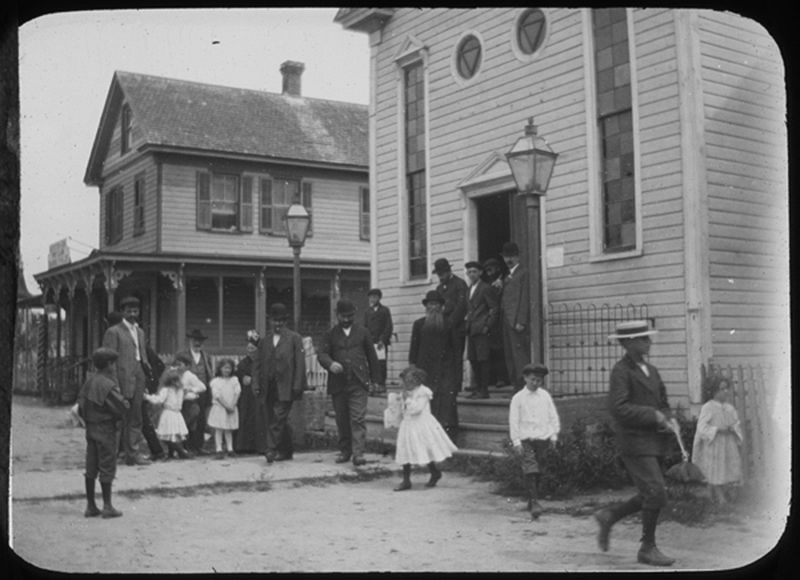
Coming from Synagogue in Brotmanville, New Jersey, ca. 1900. Digitized by the Gruss Lipper Digital Laboratory at the Center for Jewish History
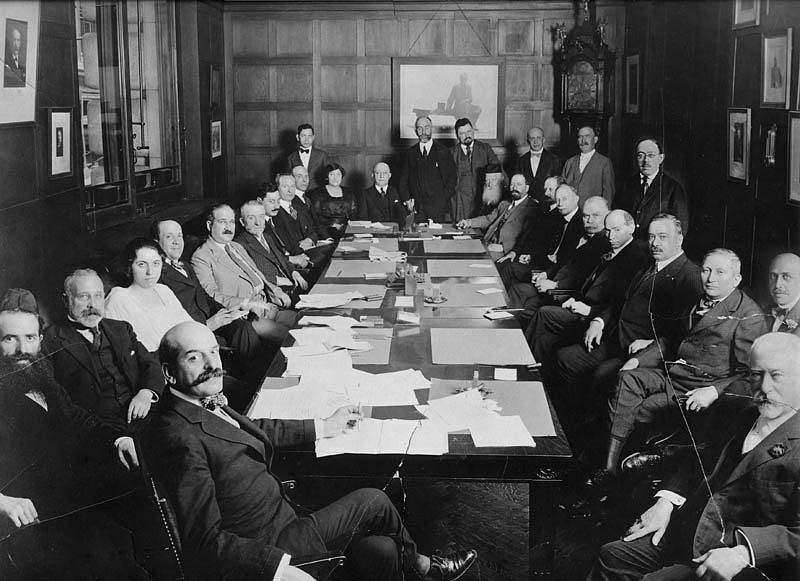
Jews of the U.S. who have distributed twelve million dollars of the relief moneys raised by American Jewry since the beginning of WWI. Jacob Schiff, philanthropist, international banker and one of the founders of the American Jewish Historical Society, appears in the lower right corner. August 16, 1918.
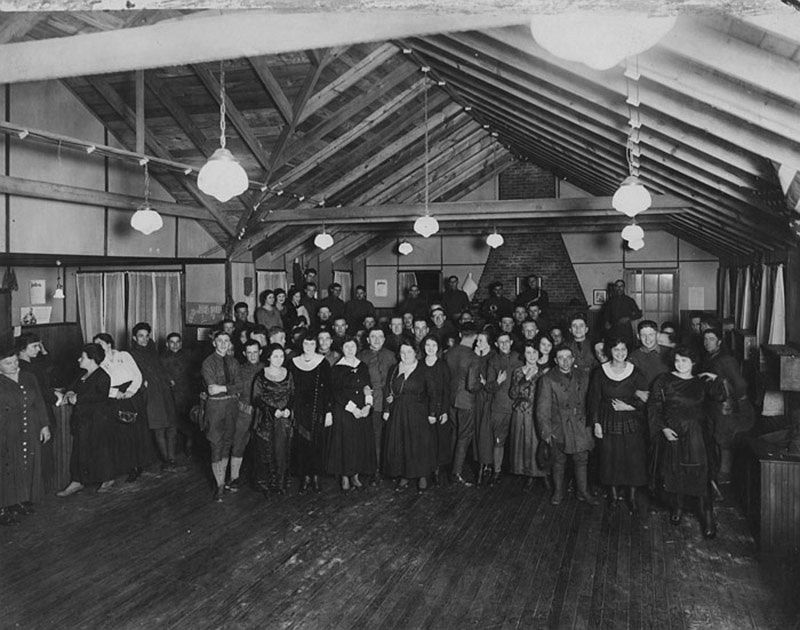
Women and soldiers at an event at Camp Raritan, ca. 1920. Digitized by the Gruss Lipper Digital Laboratory at the Center for Jewish History
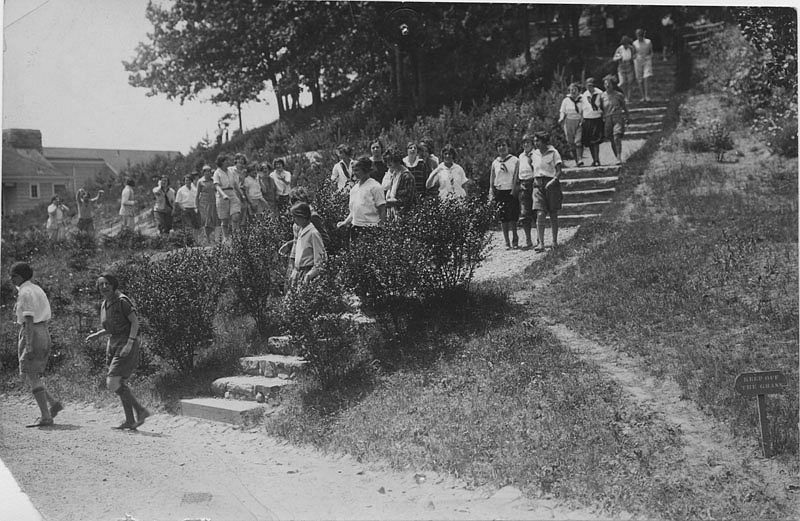
Trails to bungalows hidden in the hills at Ray Hill Camp, ca. 1920. Digitized by the Gruss Lipper Digital Laboratory at the Center for Jewish History
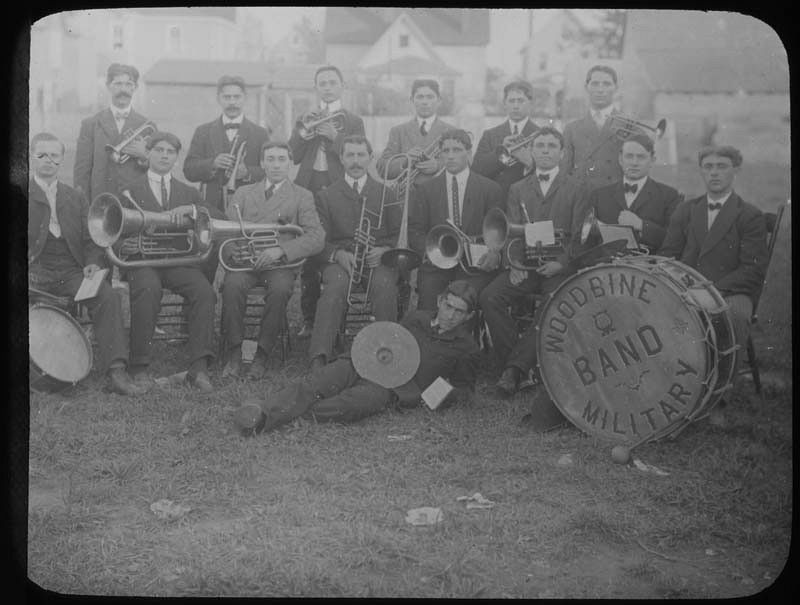
Military Band, Woodbine, New Jersey, ca. 1900. Digitized by the Gruss Lipper Digital Laboratory at the Center for Jewish History

Watermelon party, Woodbine, New Jersey, ca. 1900. Digitized by the Gruss Lipper Digital Laboratory at the Center for Jewish History
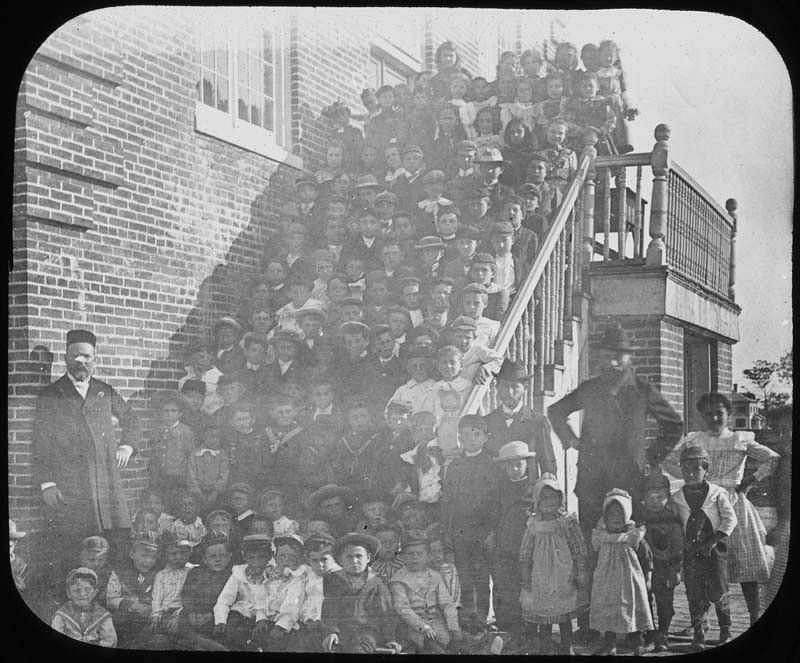
Group of young school students, Woodbine, New Jersey, ca. 1900. Digitized by the Gruss Lipper Digital Laboratory at the Center for Jewish History
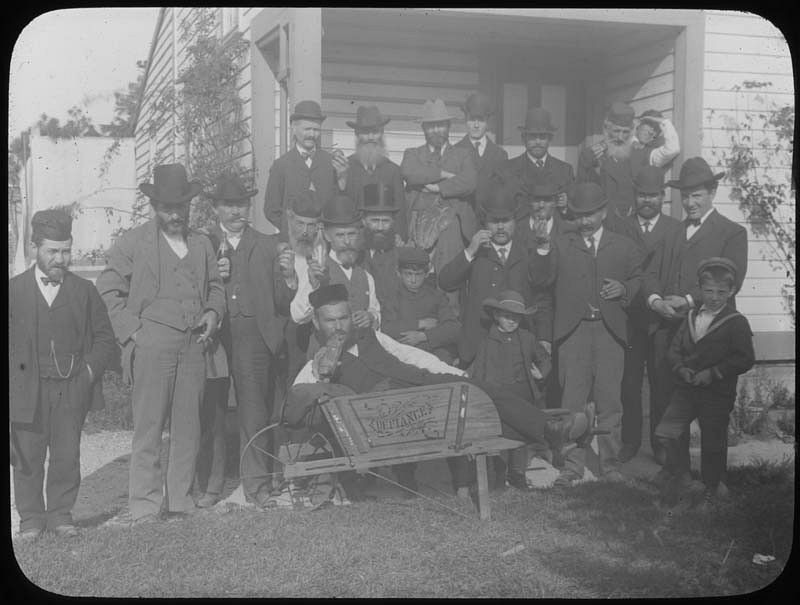
Rejoicing in the Law – Simchas Torah, ca. 1900.Digitized by the Gruss Lipper Digital Laboratory at the Center for Jewish History
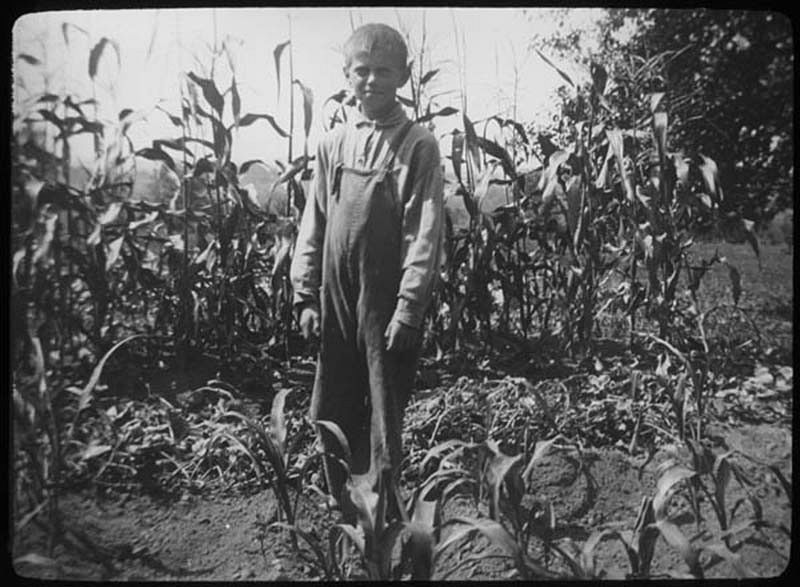
Boy in corn field, Woodbine, New Jersey, ca. 1900. Digitized by the Gruss Lipper Digital Laboratory at the Center for Jewish History
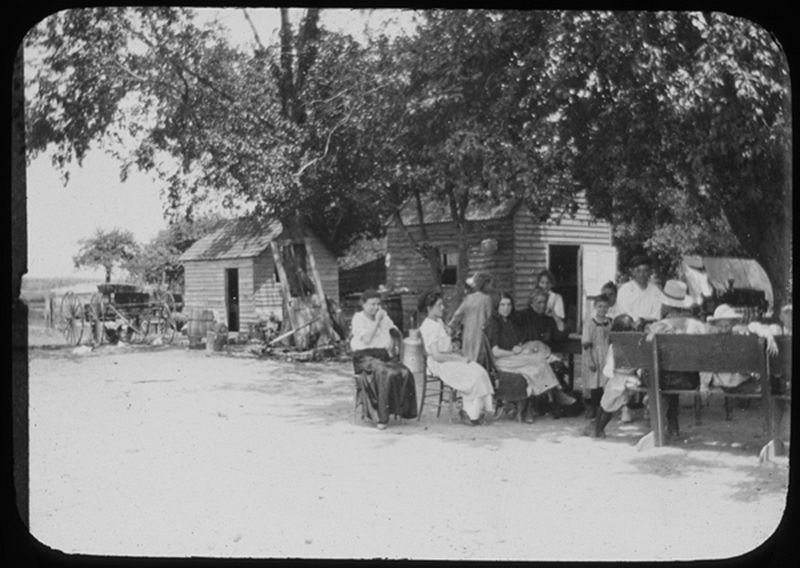
Women, children and houses, South Jersey Colonies. Digitized by the Gruss Lipper Digital Laboratory at the Center for Jewish History
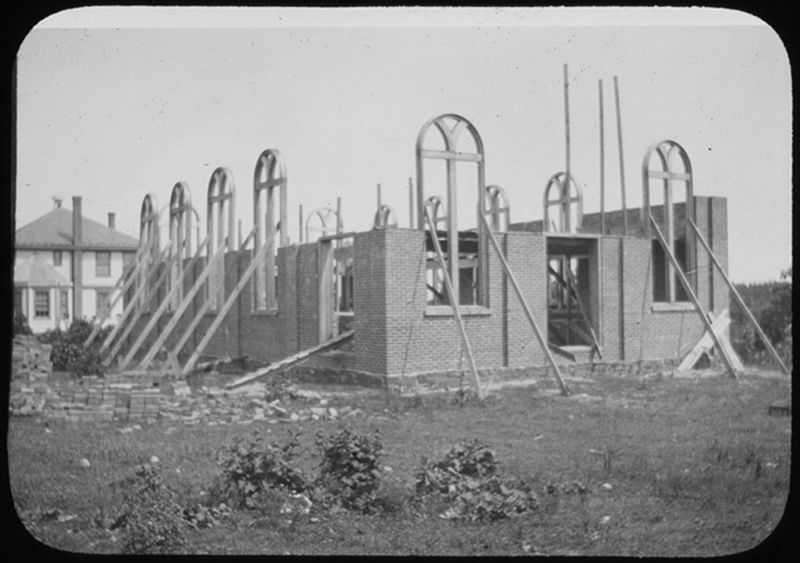
Synagogue construction, BDH Trade School, South Jersey Colonies, Carmel, New Jersey. Digitized by the Gruss Lipper Digital Laboratory at the Center for Jewish History
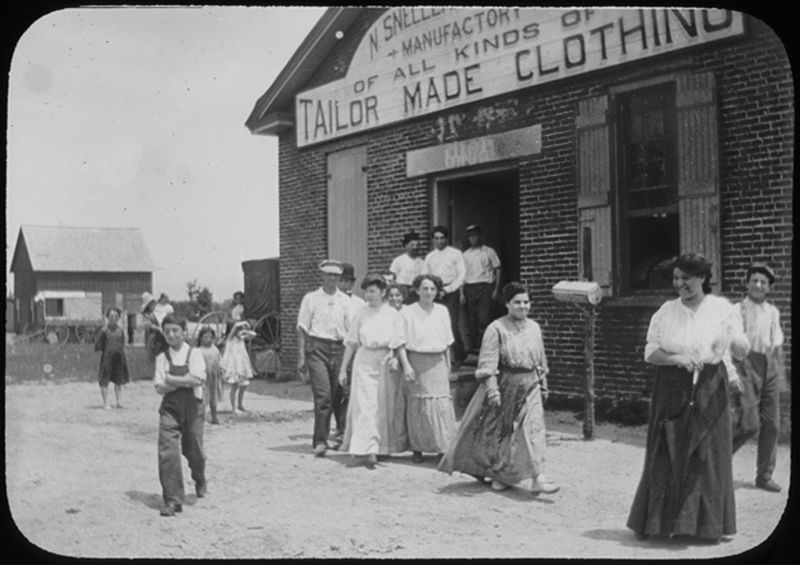
Workers coming from the N. Snellenburg & Company Manufactory of All Kinds of Tailor Made Clothing, South Jersey Colonies. Digitized by the Gruss Lipper Digital Laboratory at the Center for Jewish History

